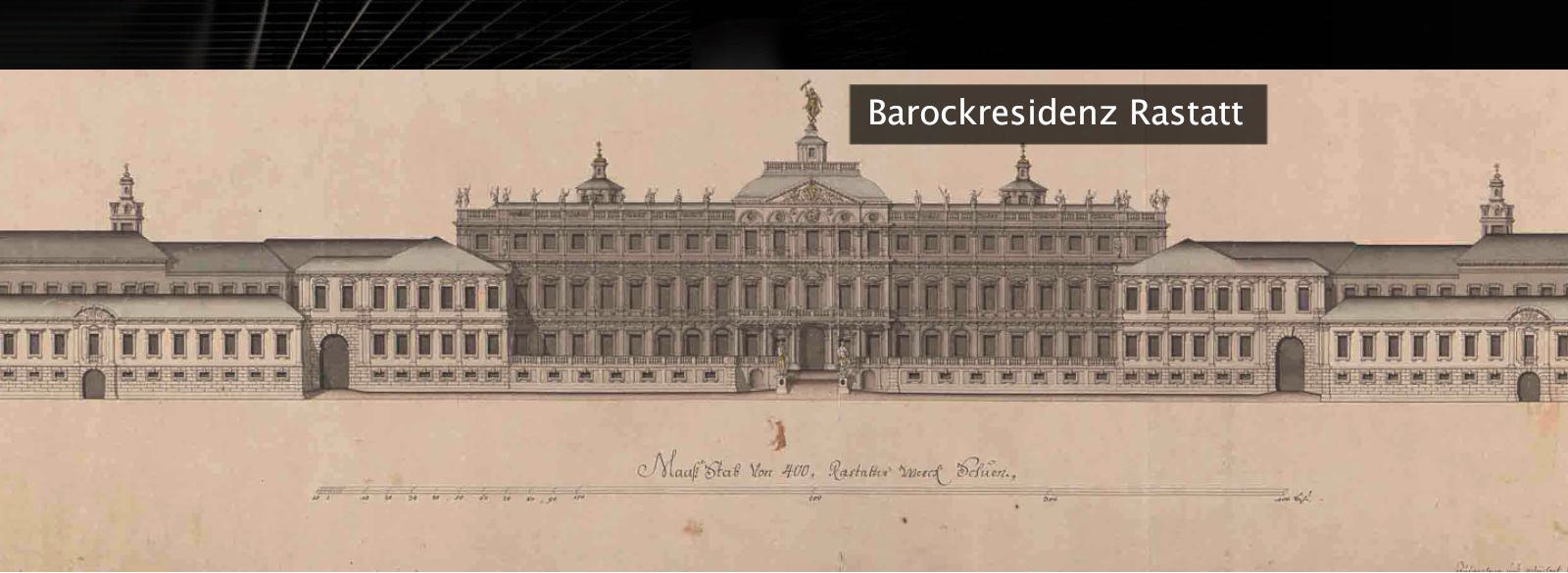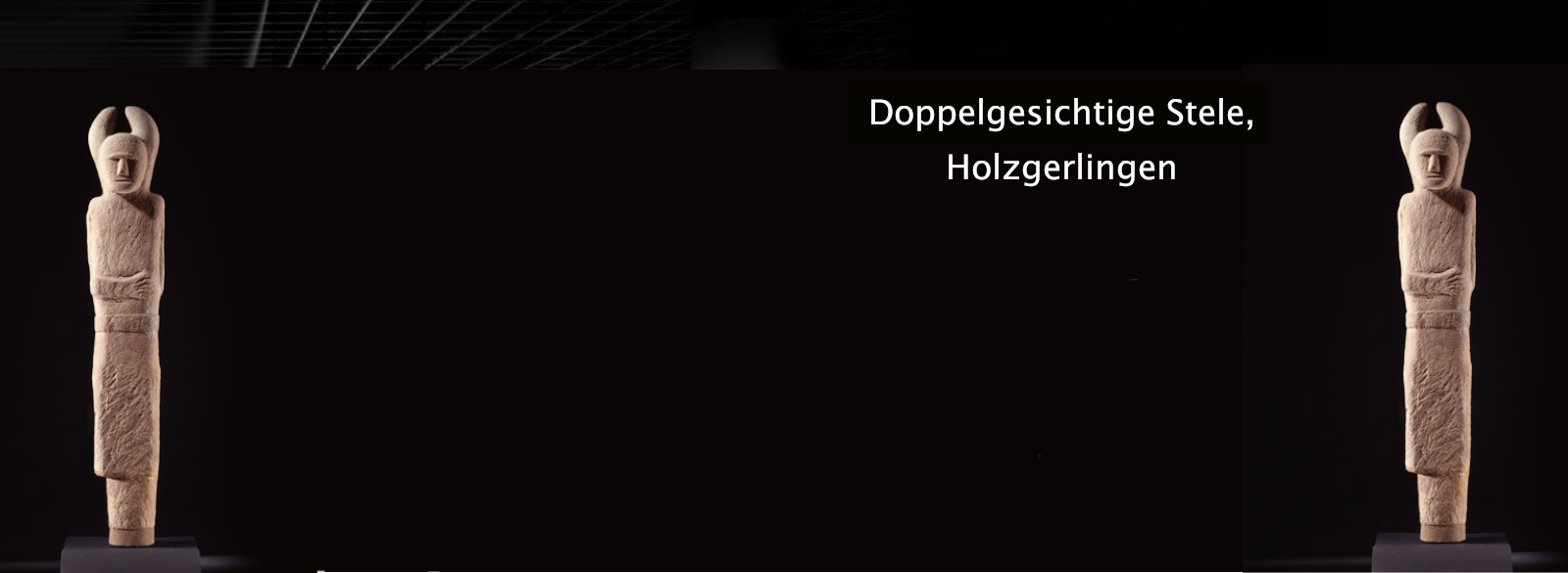Serotonergic projections govern postnatal neuroblast migration Diego García-González, Konstantin Khodosevich, Yasuhito Watanabe, Astrid Rollenhagen, Joachim H. R. Lübke, and Hannah Monyer
| Erscheinungsform: | Aufsatz |
| Autor/Urheber: | |
| Beteiligte: | |
| Umfang: | 26 |
| Anmerkungen: | Gesehen am 20.06.2018 |
| Identifikatoren/Sonstige Nummern: | 1576552268 [PPN] |
| In: | [Cambridge, Mass.] : Cell Press, 1988 94(2017), 3, Seite 534-549, e1-e9 volume:94 year:2017 number:3 pages:534-549, e1-e9 extent:26 |
| Inhalt: | - Summary: In many vertebrates, postnatally generated neurons often migrate long distances to reach their final destination, where they help shape local circuit activity. Concerted action of extrinsic stimuli is required to regulate long-distance migration. Some migratory principles are evolutionarily conserved, whereas others are species and cell type specific. Here we identified a serotonergic mechanism that governs migration of postnatally generated neurons in the mouse brain. Serotonergic axons originating from the raphe nuclei exhibit a conspicuous alignment with subventricular zone-derived neuroblasts. Optogenetic axonal activation provides functional evidence for serotonergic modulation of neuroblast migration. Furthermore, we show that the underlying mechanism involves serotonin receptor 3A (5HT3A)-mediated calcium influx. Thus, 5HT3A receptor deletion in neuroblasts impaired speed and directionality of migration and abolished calcium spikes. We speculate that serotonergic modulation of postnatally generated neuroblast migration is evolutionarily conserved as indicated by the presence of serotonergic axons in migratory paths in other vertebrates.
|
| URL: | http://dx.doi.org/10.1016/j.neuron.2017.04.013 |
| Weiter im Partnersystem: | https://swb.bsz-bw.de/DB=2.1/PPNSET?PPN=1576552268 |
















 leobw
leobw